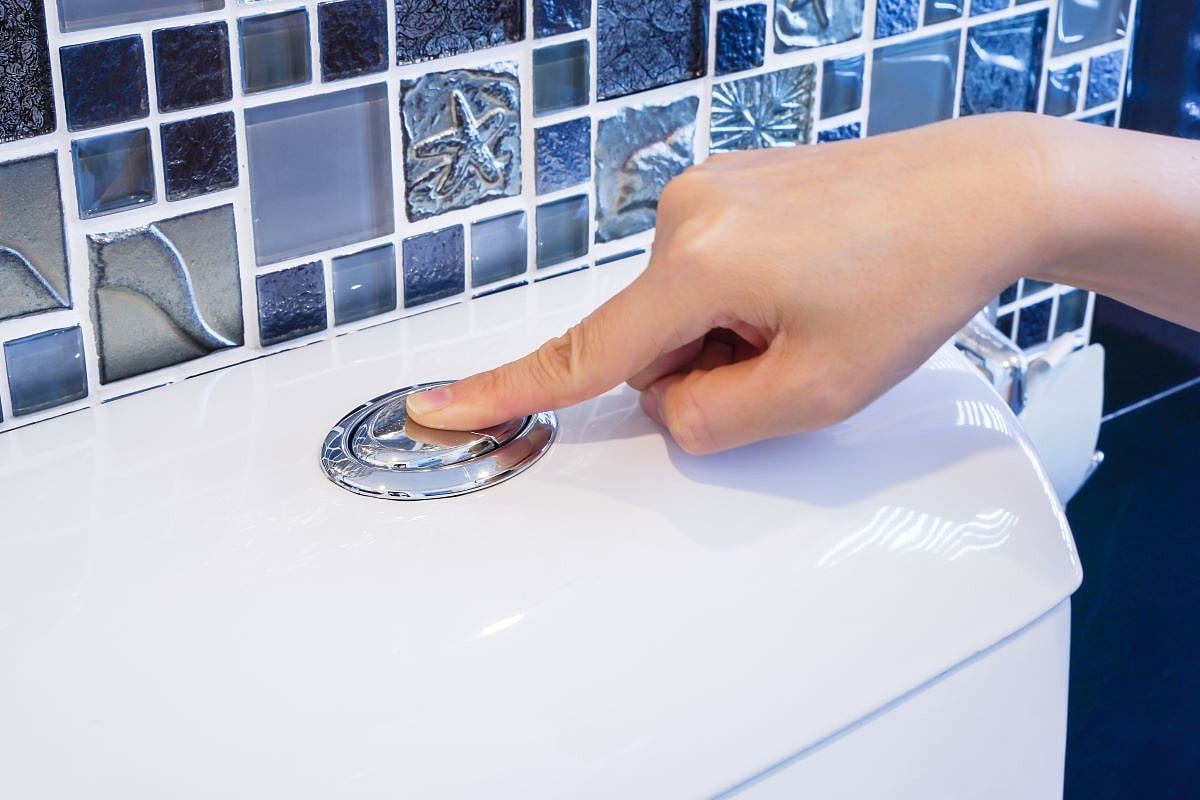Get Healthy!

- Posted September 21, 2025
Helping Your Child with Constipation: A Pediatrician's Advice
When a child struggles with constipation, it can be a source of frustration and discomfort for the whole family. But a leading pediatric expert offers a clear guide to understanding and treating this common issue.
According to Dr. Jaya Punati, a neurogastroenterologist and co-director of the Colorectal and Pelvic Anomalies Program at Children's Hospital Los Angeles, the key to spotting constipation isn't how often a child goes to the bathroom, but the consistency, in other words hardness or softness, of their stool.
"Constipation is not frequency of stooling," she said in a news release."Constipation is consistency of stooling."
Healthy stool should be soft and easy to pass, like a coil or soft pile, she explains, like the poop emoji. Hard stool is a sign of constipation.
Normal frequency of bowel movements varies from child to child and ranges from three times a week to three times a day.
Prevention starts with a healthy diet.
Dr. Punati emphasizes the importance of eating five to six servings of fruits and vegetables daily, each paired with a cup of water. "Dry food — dry poop," she notes, highlighting the connection between a lack of moisture in the diet and hard, difficult-to-pass stool. These foods deliver moisture to the colon, helping to form healthy, soft waste.
When diet isn't enough, medication may be necessary for stubborn or chronic constipation. Dr. Punati separates treatments into two main types: "mushers" and "pushers."
Mushers, or osmotic laxatives, work by bringing water into the colon to soften stool, making it easier to pass.
A common musher is MiraLAX, whose active ingredient, polyethylene glycol, holds onto water molecules. Other options include magnesium, mineral oil, and sugar syrups such as lactulose and Karo corn syrup.
Pushers, on the other hand, are stimulant laxatives that cause muscle contractions to force stool out. These options may include senna, bisacodyl, and glycerin suppositories.
Dr. Punati generally recommends the mushers first for a gentler approach.
While fiber supplements are often suggested, Dr. Punati advises caution. She prefers whole foods to supplements, stating, "It's better to eat an apple than to take a fiber pill. They're not equivalent."
This is because supplements like psyllium or flax seeds can actually cause more constipation if not taken with enough water. Whole foods also support a healthy gut microbiome, which is crucial for overall digestive health.
When at-home methods fail, it's time to seek medical help. "The standard answer," Dr. Punati says, "is if you are unable to find a solution at home, you should bring it to a doctor's attention."
Below, Dr. Punati's recommendations:
If a child's stool doesn't improve after a week of dietary changes and medication, a pediatrician should be consulted.
While soiling (involuntary leakage of liquid stool) is a symptom of severe constipation, it is not an emergency, but it should prompt a call to the doctor.
However, if a child is experiencing severe pain and can't pass any stool, it's a sign to head to the emergency room.
More information
The National Institute of Diabetes and Digestive and Kidney Diseases has more on constipation.
SOURCE: Children's Hospital Los Angeles, news release, Sept. 17, 2025.

